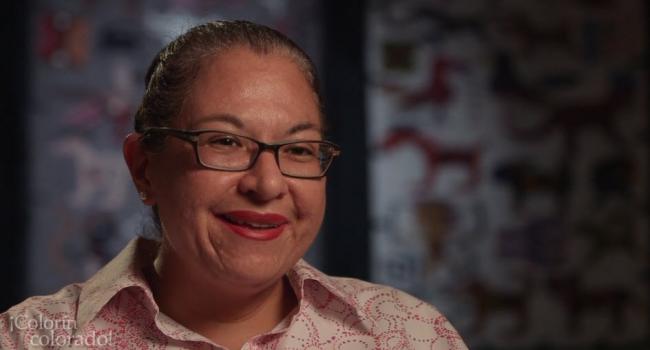The community school strategy
When it comes to programs that work, when it comes to strategies that engage the families, the teachers, the school personnel, the administrators, we find that community schools bring all of those together. And in particular, this project, when you're talking about new immigrant populations or populations who haven't felt that they are part of the fabric of the community, then it's particularly important.
And I think that part of the reason why we wanted to do this project is to show how this community can be integrated, incorporated into the rhyme and rhythm of school environments, of school culture, of the neighborhood itself, of the culture of school itself.
So that the kids feel more connected, so that their families feel more connected, so that teachers and staff feel that they're not just instructing kids during the day and then that's it. So that there's a more integrated connection throughout the day, throughout the school year, throughout their time at school.
Wolfe Street welcomes new immigrants
The American Federation of Teachers has been vested in strategies such as community schools for a long time because we are committed and dedicated to what works. We are committed and dedicated to what's going to help teachers thrive, what's going to help kids learn and become productive members of society.
And we certainly want to see community administrators, teachers, school personnel and children all working in tandem and together.
Wolfe Street Academy is a perfect example of a community school as a strategy, because it – you have a history of success. You have stability in the leadership. You have buy-in from the parents, from the teachers, from the school personnel, from the community organizations that work together at the school.
And it's also a great example of integrating immigrant populations into the culture of school, which is so important to create our pillars of democracy, our future citizenry, the people who will continue to make it great.
And so I think that when new populations or populations who have felt marginalized are brought into the fold and made to feel that their voice matters, that they're empowered, I think that goes far in the way of making them feel part and parcel of their community, of their city, of their state, of this great country.
The impact of poverty on learning
When you have schools in challenging communities, where you have a lot of poverty, where you have a lot of instability, where you have a lot of mobility, teaching and learning can take a back seat to that. Poverty is not irrelevant. Poverty is not inconsequential to teaching and learning. It's tightly connected to what happens to a child in school.
It is no accident that wealthier communities have higher levels of academic achievement, that teachers report higher levels of job satisfaction. And our teachers in poor communities who aren't given the resources, the tools, the preparation, the information, the time, the services to try to address what happens outside the school, outside of school time – it's going to be doubly hard.
So a way to address that is through a community school strategy, because then you are meeting the needs of those families outside of the school. So if there's food insecurity, if there are issues of trauma, if there are issues of housing, if there are issues in the home that need to be brought up to a mental health services specialist, then when those needs are met, the child is ready to learn, the family is ready to trust the school and be part of the school, and teachers can focus on teaching and learning.
Wolfe Street: A Model of Success
When you come to a place like Wolfe Street Academy, you see everything that you wish you could see across the country in every school, not just for English language learners, but for every child who is at some kind of disadvantage.
I have never seen just so many parents thrilled to be here, happy to talk about their experiences, how much they trust the school principal, the teachers, how much they appreciate the services that they have access to. You have their social and emotional and basic needs taken care of, you have an administration that is concerned with the welfare of the teachers, the families, the kids.
It's a great place to come every day. And something like this you think might not be replicable, but I think that we have shown that it can be implemented in other places, and it is our hope that other schools will follow the lead of places like Wolfe Street Academy. It gives me hope about the future.
The AFT and Colorín Colorado
We're coming up on the 11th anniversary of Colorín Colorado, and for the American Federation of Teachers, it has been a labor of love and commitment and dedication to our educators working with English language learners.
We have always been concerned with the needs of parents and families to know what they can do at home to help their children, and then we are equally vested in our educators getting information about what works, what is an excellent strategy in the classroom. What are the challenges that other educators around the country are facing?
And so this collaboration has helped us reach millions of educators and families across the country, around the world, to show that English language learners are able and capable and that they are part and parcel of our schools and our communities, and we feel very honored to be part of this partnership.



